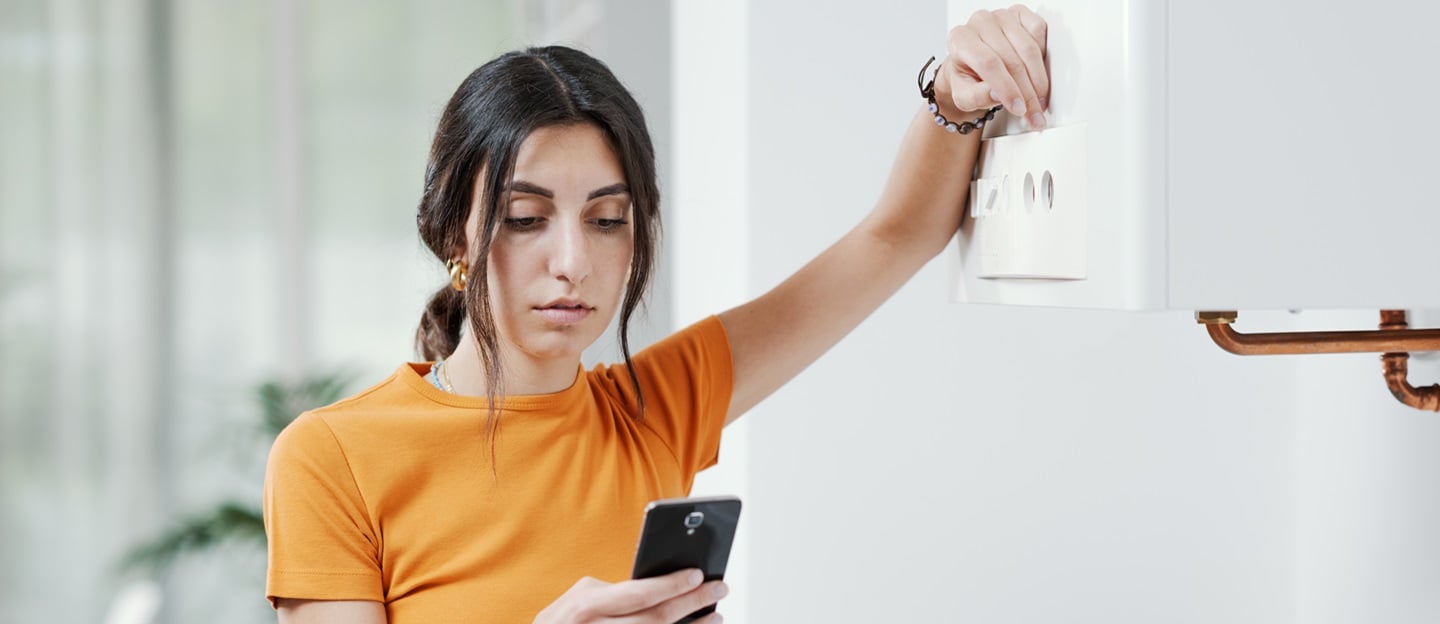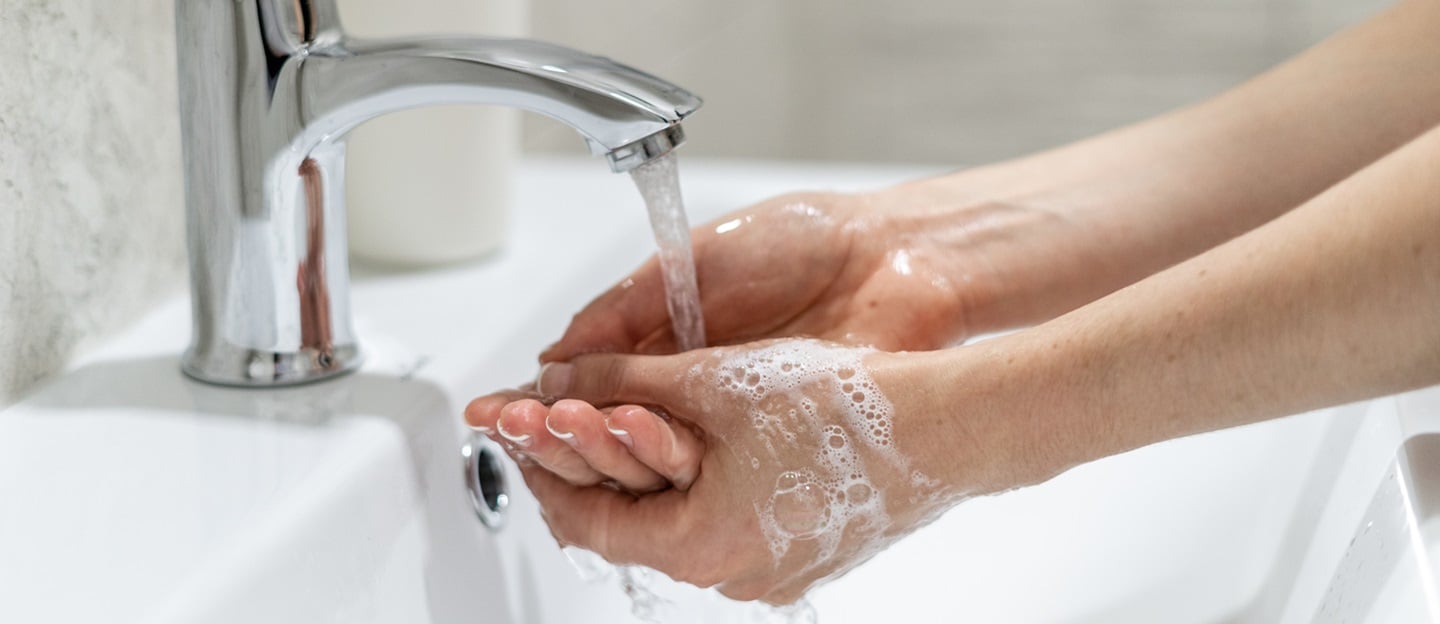What are the appliances that consume the most?
Find out which are the 5 appliances that consume the most electricity in the house and many tips to save money by using them wisely.
What are the appliances that consume the most?
Appliances are indispensable devices for our homes that we use almost every day, but often we don’t fully understand their impact on our utility bills and the environment. Obviously, not all devices are the same and there are appliances that consume more energy than others.
It is not just large appliances either; small devices can also consume a lot of electricity. Knowing the impact of appliances on consumptions helps us to use them more consciously and rationally to keep utility costs down and reduce emissions that damage the environment.
Here are the 5 appliances that consume the most in the home, along with some useful money-saving tips.
The 5 appliances that consume the most energy in the home
One of the most energy-intensive appliances in the home is the air conditioner; however, its consumption is mostly limited to the summer so quite a short period of time. The estimate for an average family is around 400–450 kWh of electricity per year but this depends on various aspects like outdoor temperatures, the weather, the efficiency of the property and how the device is used.
Another appliance that consumes a lot is the fridge. Although it does not consume an excessive amount of electricity, the fridge stays on continuously 24 hours a day so its overall consumption is very high. An average-sized fridge-freezer can consume around 300kWh of electricity per year. Again, this value can also vary depending on various aspects, from the energy efficiency of the fridge to the way in which it is used.
The third most energy-intensive appliance is the hairdryer. This device is generally only used for a few minutes but it has a high energy consumption of up to 2,000W, so it only takes 10 minutes on full power to consume 0.33kWh of electricity. Therefore, if it were used for around 20 minutes a day by all the members of a 4-person family, a hairdryer’s consumption could reach 240kWh a year.
Next on the list of appliances that consume the most electricity is the microwave, a useful and practical device for heating, defrosting and cooking quickly. However, a microwave can consume up to 2,400W depending on the setting. The average estimated consumption for a family is around 240kWh but obviously this can vary depending on the model and type of use.
The fifth most energy-intensive appliance is the washing machine, with energy needs that can reach an average of 240kWh a year for a family of 3–4 people. A washing machine’s energy consumption depends on a number of factors, from the machine’s energy efficiency to the number of cycles run every year to the type of programmes used and the water temperature. With a washing machine, you also need to consider the water consumption, which should not be underestimated when it comes to calculating the environmental footprint of the device.
How to reduce the energy consumption of appliances
To calculate how much energy appliances use, you need to firstly estimate the annual electricity consumption. This can be calculated using the consumption indicated by the manufacturer in the device’s data sheet and multiplying this figure by the number of hours of use and by the cost of your electricity tariff. For a more precise estimate, you would need to monitor the electricity consumption with a specific electricity meter or install smart plugs with a consumption detector.
In any case, there are some guidelines you can follow to reduce the energy consumption of appliances to save on your utility bills and reduce your carbon footprint. First of all, you need to choose appliances with the best energy rating, favouring high-efficiency and low-consumption devices equipped with advanced technology to save energy.
Secondly, you need to use energy-intensive appliances more conservatively, avoiding waste and optimising the performance of the devices. For example, it is important to switch on the washing machine and dishwasher at full load because using these appliances with a partial load does not offer any particular advantages in terms of energy consumption. You can even save energy with the fridge by adjusting the internal thermostat, always removing any ice and following the filling methods indicated by the manufacturer.
When it comes to the microwave, you should set the duration carefully, making sure that you do not overheat the food so you do not waste electricity unnecessarily. Meanwhile, the hairdryer can be used at a lower power, always switching it off for even a few seconds when it is not in use. To reduce an air conditioner’s consumption, you should not set it at a temperature that is too much lower than outside. In fact, just 6°C lower is enough to enjoy good indoor comfort even on the hottest days.
It is also possible to choose a highly energy-efficient air conditioner equipped with advanced solutions like inverter technology, automatic standby mode or a dehumidifying function for use on moderate days. Compared to traditional air conditioners, you could also consider a less energy-intensive alternative like a heat pump. This device uses the natural heat outside in the air, water or soil for more sustainable air conditioning with less electricity consumption.
Knowing how much your appliances consume and learning how to use them responsibly is the first step to saving money and reducing your environmental impact, for the benefit of people and the environment itself.





